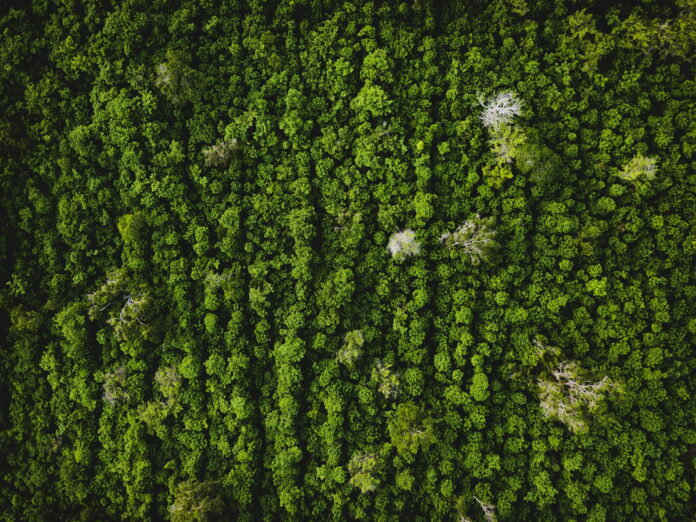As global environmental challenges intensify, the role of education in shaping future custodians of the planet becomes increasingly crucial. Environmental education in school curriculums is evolving, not just as a subject, but as a fundamental lens through which students view and interact with the world.
The Evolution of Environmental Education in Schools
Environmental education has gradually shifted from peripheral discussions to a central theme within school curriculums over the past few decades. Initially, it was often confined to specific science courses or occasional projects during Earth Day celebrations. However, as awareness of environmental issues grew, so did the recognition of the importance of these topics in educational settings. This shift was marked by a more structured approach, where environmental themes were woven into various subjects, emphasizing the interconnectedness of ecosystems, human activity, and sustainability.
The integration of environmental education has also been influenced by increasing scientific understanding of climate change and ecological degradation. This has prompted educational policymakers to consider environmental literacy as essential as reading or math skills. Schools began adopting curriculums that included studies on local and global environmental issues, conservation efforts, and sustainable practices, aiming to equip students with knowledge and skills to tackle these challenges actively.
Moreover, the role of teachers has evolved in delivering environmental education. Educators are now often seen as facilitators of change, equipped with the resources and training to guide students in critical thinking about environmental issues. This includes project-based learning that encourages students to engage in local community challenges, enhancing both their learning and their impact on their immediate environments.
Integrating Sustainability into Learning Objectives
The integration of sustainability into educational frameworks has become a strategic priority for schools worldwide. This approach involves embedding sustainability not only in science but across all disciplines, including humanities, economics, and arts, promoting a multidisciplinary understanding of environmental issues. For instance, students might explore the environmental impact of historical events, the economics of renewable energy, or the ethics of biodiversity conservation, thereby gaining a holistic perspective.
Curricular innovations such as the development of sustainability-focused courses and the inclusion of green technologies in practical lessons are becoming more common. These courses aim to foster an ethos of environmental stewardship and encourage students to think critically about resource use, waste management, and sustainable living practices. Furthermore, schools are increasingly adopting experiential learning models, where students participate in real-world environmental problem-solving, which reinforces the theoretical knowledge gained in classrooms.
The assessment methods in environmental education have also evolved to reflect its integrative nature. Traditional testing is often supplemented with project-based assessments that require students to investigate and propose solutions to real environmental problems. This shift not only aids in the retention of knowledge but also empowers students, making their learning experiences more relevant and impactful.
Future Prospects: Expanding Environmental Curriculums
Looking ahead, the trajectory for environmental education appears set for further expansion. One future prospect is the global standardization of environmental literacy, where core environmental competencies could become a mandatory part of education systems worldwide. This would ensure that all students, regardless of their geographical location, receive a baseline level of environmental education, which is critical in a globally interconnected ecological landscape.
Another development could be the increased use of technology in environmental education. Virtual reality (VR) and augmented reality (AR) offer new ways for students to experience and understand environmental concepts. For example, VR can transport students to different biomes or historical periods to observe ecological changes over time, making education more interactive and engaging.
Lastly, there is a growing trend towards the incorporation of indigenous knowledge and practices into environmental curriculums. Recognizing and valuing traditional ecological knowledge can provide students with diverse perspectives on sustainability and conservation. This approach not only enriches learning but also promotes respect and integration of cultural diversity in solving contemporary environmental issues.
The role of environmental education in school curriculums is becoming more pivotal as the need to address global environmental challenges becomes more urgent. By evolving curricular content, integrating sustainability across all disciplines, and looking towards future innovations and inclusivity, educational institutions are playing a crucial role in preparing the next generation to be knowledgeable and proactive in their environmental stewardship.
